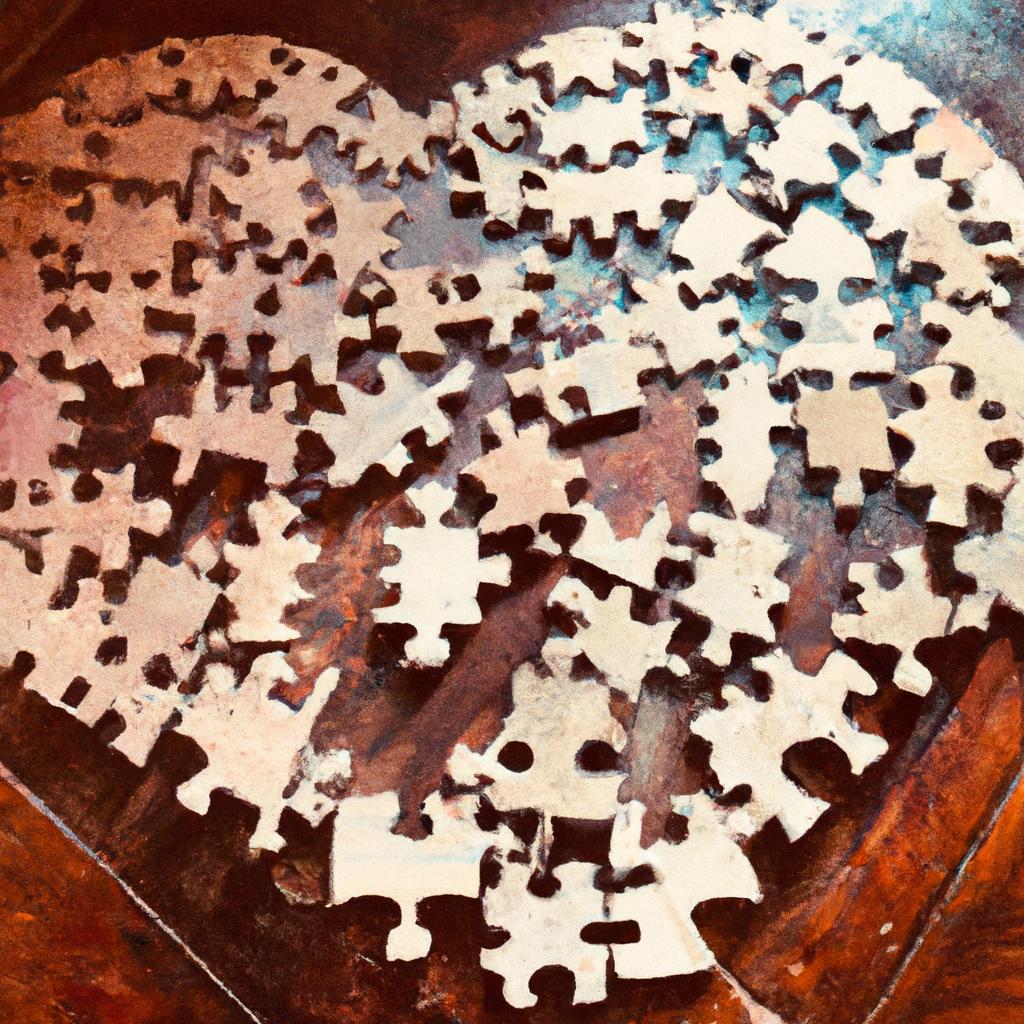Introduction to Science Experiments as Play
Science experiments can be an enjoyable way for children to learn. Through self-guided exploration, children have the opportunity to engage in meaningful play while learning how to problem-solve and think independently. Science experiments also allow children to form a deeper understanding of the world around them and spark their curiosity.
Using science experiments as play has many benefits. It helps children develop critical thinking skills, problem-solving abilities, encourages creativity, and fosters curiosity. With the right guidance, children can learn to adapt and work together in teams through collaborative projects. Research has shown that these types of activities can increase engagement and stimulate independent exploration.
Parents may be hesitant to introduce science experiments into their home because of potential messes or safety concerns. However, there are ways to make sure children are safe while still enjoying the benefits of using science. Having the right supplies and safety measures can ensure that everyone has a fun and educational experience.
Overall, incorporating science experiments as play into a child’s education is important and should be encouraged. It provides children with the opportunity to learn by experimentation, which will help them become more confident and knowledgeable as they grow.
Benefits of Science Experiments as Play
Engaging in science experiments as play not only offers a fun and exciting way for children to learn, but also provides numerous benefits to their intellectual and cognitive development. Recent research has found that these projects can have profound effects on how well a child retains knowledge, encourages problem-solving skills, improves capacity for abstract thinking, and boosts creativity.
Studies into the use of science experiments as play have also revealed that it provides an environment for children to learn how to practice safe exploration. Science experiments, when done correctly, can be used as a learning tool that teaches children about safety and risk-taking behaviors at an early age.
Research has also shown that completing science experiments as play can help children become more confident and self-assured. By challenging themselves and being given an opportunity to explore and experiment, children are able to build their self-esteem which carries over into other areas of their life.
It has been noted that engaging in science experiment play allows children to learn how to interact with others by working together on a project or offering support and advice to one another. This helps create a sense of community among peers, and builds important social skills.
Types of DIY Projects
DIY projects with science experiments can be a lot of fun! Kids can explore using various types of projects such as building toys, experimenting with different elements from nature, and creating art that applies the principles of science. Here are some examples of projects that kids can do to apply their newly learned science knowledge:
- Construct toys: Kids can assemble sets of blocks or other toys to explore how things move and interact. This can help them understand basic mechanics and physics concepts like levers, inclined planes, and gravity.
- Experiment with natural elements: Water, air, heat, and light are all natural elements that can be manipulated with science experiments. Kids can explore the properties of these elements through simple experiments which will show them how these basic building blocks make up our world.
- Making art: Applying the principles of science in art projects such as painting with light, creating watercolor pieces, or constructing sculptures can be a great way to explore science in a creative way.
- Nature discovery: Going for a nature walk with your child is a great way to spark their interest in the wider world around them. Observing animals in their natural habitat and discussing the environment can be a great educational experience for both you and your child.
No matter which type of project you choose to embark on, your child is sure to learn something new and have a blast doing it.
Getting Started
Making science experiments as play isn’t as hard as it may seem. To get started, you should begin with simple projects that you feel comfortable with. Don’t be intimidated by more advanced projects until you have the basics down.
There are a few things to consider before starting any project. First, decide the age of the participant or participants. This will determine how closely you should supervise the experiment and the challenges you can take. Next, ask yourself what materials you have available. Not all projects need elaborate supplies; often, common household items can be repurposed to make really cool experiments. Also, don’t be afraid to try something new, even if you don’t have all the right materials. Finally, be sure to read through the instructions carefully before starting the experiment.
Once you understand the parameters of the project, it’s time to start having fun! Allowing kids to participate in the design of the experiment can really open their eyes to creative problem-solving, so don’t shy away from involving them in the planning process. Additionally, remember that experimentation doesn’t always yield the result that you want. Embrace failure as an opportunity to learn something new, and encourage your children to think critically about why something didn’t work out as intended.
Science experiments as play provide a lot of great opportunities for learning. The key is to start small and build up to bigger projects. With proper guidance, kids can develop their problem-solving skills, foster their creativity, and gain valuable knowledge about science and its principles.
Supplies Needed
Doing science experiments as play involves using certain materials, tools, and supplies. While some may require more advanced materials, many can be performed using items you may already have in your home. Here’s a checklist of basic supplies you’ll need to get started:
- Measuring containers like beakers, cups, or bowls
- Variety of fabrics such as felt, cotton, and nylon
- Paints, markers, and paintbrushes
- A variety of glues such as tacky glue, super glue, hot glue
- Pipe cleaners, rubber bands, and popsicle sticks
- Magnets
- Batteries
Having these supplies on hand will help you get started on many simple projects. If you are looking for something more complex, you will likely need to purchase some additional supplies.
Reusing Common Household Objects
When it comes to science experiments as play, you don’t need to visit a shopping mall or spend extra money on supplies. There are plenty of items in your home that can be repurposed and used for DIY toy projects. Items like plastic food storage containers, empty paper towel rolls, clean jars, mason jars, felt, and styrofoam are all great materials to have on hand when it comes to science projects.
These items can be used in a variety of ways, such as building objects like shapes and towers, creating terrariums with living creatures, or even constructing mini-ecosystems. There are infinite possibilities that can be explored and enjoyed, and it is easy to get creative with these materials.
It is important to remember that while these items are free, they should always be reused safely and with care. Be sure to properly clean and disinfect any reused items before using them in a project. This will help ensure that the project is safe and won’t cause harm to any of the participants.
Engaging Multiple Ages
Science experiment play can be fun for all ages! There are varying difficulty levels that enable younger children to participate in the same projects as older ones. By doing this, everyone can enjoy a collaborative and creative environment.
For example, younger children can focus on the exploration of materials, concepts, and emphasize the process of designing the project rather than achieving a specific goal. Meanwhile, the older participants can take a lead on the more complicated tasks such as measuring, experimenting, and problem-solving.
Involving multiple age groups also encourages deep conversations about the details of the project. It allows for the sharing of ideas and knowledge. Additionally, it enables younger children to learn from the experience of the older ones. Ultimately, the goal is to have an enjoyable and educational experience that is shared amongst everyone, regardless of age.
Encouraging Curiosity
It’s important to encourage curiosity in children when they engage in science experiment play. This encourages them to ask questions, come up with solutions, and use trial and error to discover new things. Not only does this help build their scientific knowledge, but it also stimulates creative thinking. This helps them develop skills that will benefit them in their everyday lives.
Here are some ways to encourage curiosity during science experiment play:
- Ask questions to generate interest and get kids to think critically about the project.
- Encourage exploration and experimentation even if mistakes occur.
- Allow children to take the lead and design projects themselves.
- Create a safe environment where they can take risks without fear of failure.
By doing this, children learn to be resilient and independent thinkers. They are able to come up with innovative ideas to solve tough problems and become better problem solvers.
Safety
When performing science experiments as play, there are several safety measures that need to be taken into consideration in order to ensure everyone involved in the project remains safe and unharmed. First off, protective eyewear such as safety goggles should always be worn when experimenting with hazardous liquids, chemicals, and other materials that can be dangerous. When handling fire, it is important not to wear clothing that is flammable and avoid wearing loose clothing, hair, or jewelry in the vicinity of the flame.
It is also important to practice caution when handling sharp objects such as knives, scissors, and other tools. Children should always have adult supervision when using these materials. Additionally, it is best to have a well ventilated space when conducting these experiments; never perform science experiments near any flammable materials or in a confined space where there is little to no air circulation.
Learning from Failure
Failure is a natural part of life, and discussing failure with children is an essential part of fostering their growth. Learning from mistakes and failures can help them gain useful skills that will serve them through educational and life experiences. It is important to teach them that failure is not something to be ashamed of, but rather it is an opportunity to reflect, reassess, and learn.
Through failure, children can gain depth in understanding, develop problem-solving skills, build resilience, improve self-confidence, increase their motivation to try again, and spark curiosity and collaboration. Through encouraging failure in a growth-minded mindset, children can become more aware of the process of learning and the iterative nature of success.
It’s also important to be aware of how failure affects your child’s outlook on their future and their capacity for success. Encouraging an environment of learning from failure and not judgement is essential for fostering self-esteem. Use failure as an opportunity to teach your child that “It’s ok to make mistakes, we just have to figure out why and try again.”
Examples of Projects
Engaging in science experiments as play can be a fun and educational experience for children of all ages. When it comes to projects, there are a number of options depending on the age of the child and their interests. Here are some examples of projects that are great for introducing young minds to the world of science:
- Building blocks or other construction toys to explore physics concepts such as energy transfer, force, and momentum.
- Making a small composting bin to explore decomposition, organic matter breakdown, and soil composition.
- Creating an indoor terrarium to experiment with different climates, habitats, and growing conditions of plants.
- Conducting experiments involving static electricity to explore electric charges and electrical circuits.
- Experimenting with slimes to learn about polymers and their properties.
These are just a few examples of the many different possibilities when it comes to educational DIY projects that use science experiments as play. The challenge is finding what works best for your child and letting them express their creativity in a way that is both engaging and educational.
Conclusion
Engaging in science experiments as play provides numerous benefits to children of all ages from the promotion of creativity and curiosity to the introduction to different types of scientific concepts. Recent research has shown that allowing children to explore science through play can have positive effects on their cognitive development, imagination, and problem-solving skills. Starting with simple projects and slowly introducing more advanced activity will help to build a strong foundation for a child’s understanding of science. Furthermore, using common household items and upcycled materials for these projects can be beneficial for the environment while teaching valuable lessons about sustainability.
Science experiment play allows children to take an active approach in learning, while providing countless opportunities to embrace their imagination and channel their inner scientist. With the right supplies, guidance, and safety measures, implementing projects that combine science and fun is an enjoyable and meaningful experience that encourages children to become lifelong learners and independent thinkers.
comments: 0





